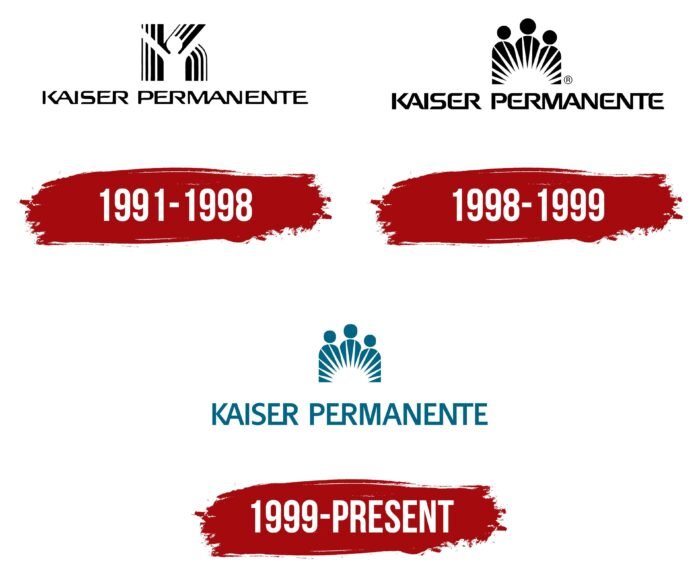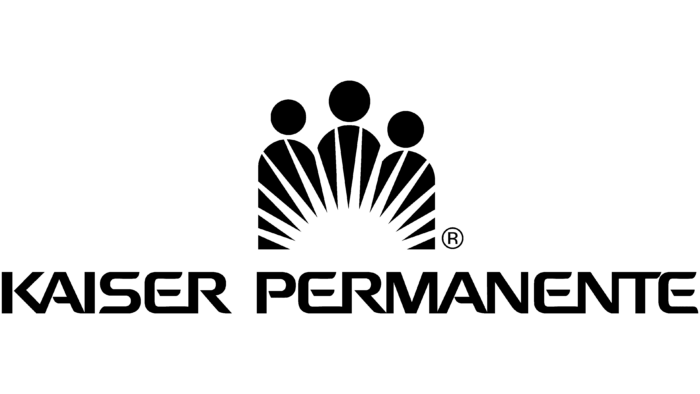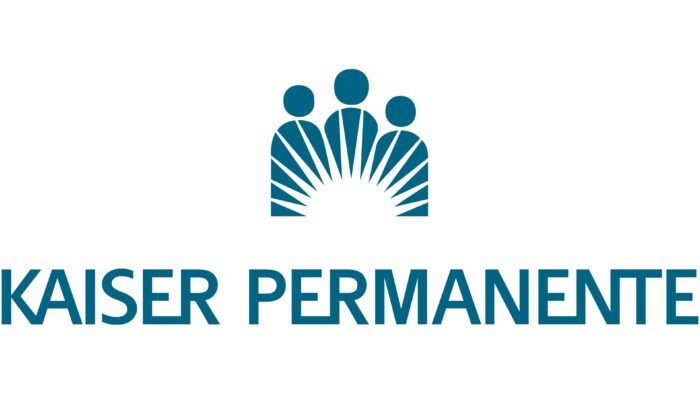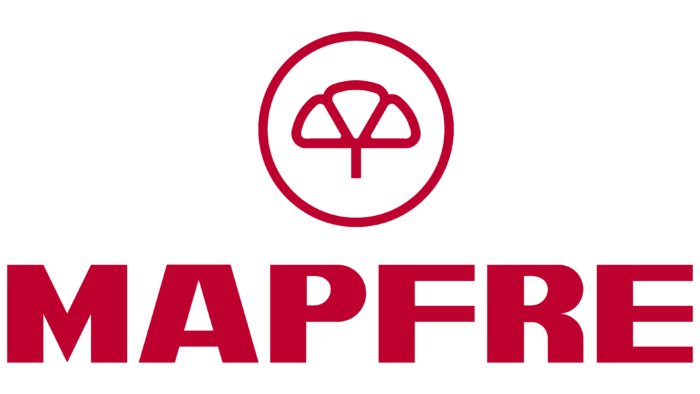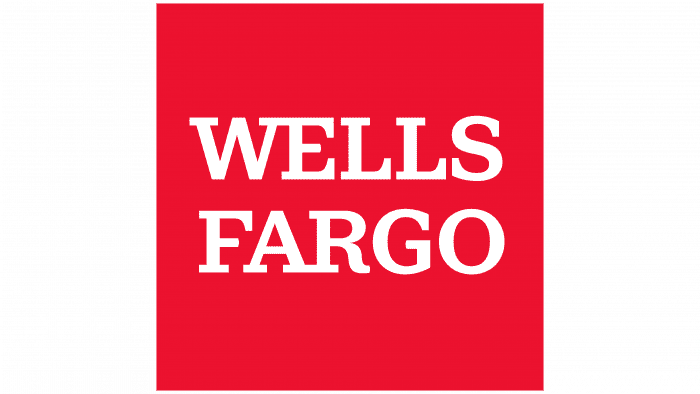The Kaiser Permanente logo symbolizes the coming together of three groups and a large number of members for health care. The marks depict the organization of a mutual fund for treatment through insurance premiums of a consortium of people.
Kaiser Permanente: Brand overview
Kaiser Permanente is a medical consortium based in the United States a non-profit health care organization. It brings together three independent groups that interact with each other in their line of work. They are Kaiser Foundation Health Plan Corporation with operating companies in the regions, Permanente Medical Associates, and Kaiser Foundation Hospitals. Currently, the company has more than 12 million members, 300,000 employees, about 40 hospitals, and 800 non-small medical centers. The main region of presence is eight U.S. states. The head office is located in Oakland, California. The founders of the service are Sidney Garfield and Henry J. Kaiser. The official year of its appearance is 1945.
The history of the largest medical consortium in the United States began in 1933 with a small hospital in Desert Center, California. At that time, entrepreneur Henry J. Kaiser, along with a group of contractors, created Industrial Indemnity, an insurance community to compensate wage laborers employed on his construction projects. Sidney Garfield, at this time, graduated from the Los Angeles County Medical Center and entered into an employment contract with this organization, which provided care for 5,000 construction workers.
Later, the idea arose to insure all insolvent laborers to compensate them for medical expenses and to pay sufficient sums in case of serious injuries. After the Colorado River Aqueduct was completed, the need for a doctor was no longer necessary. But after a while, Edgar (son of Henry Kaiser, with whom Garfield had worked earlier) invited him to work for him because he had a grand project in mind (the Grand Coulee Dam). Sidney signed the contract and immediately spent $100,000 to remodel Mason City Hospital and hired seven doctors. All of this provided the immediate basis for the Kaiser Permanente company.
The doctor then founded his own firm, Sidney R. Garfield & Associates, which focused on the wellness and treatment of indigent patients. In the process, the Kaiser family contracted him for several more services. Eventually, they became friends and formed a joint company. Gradually, the scope of the organization’s services expanded to include employees of specific companies and their families. Then, the entire population began to receive medical services.
Meaning and History
It is a major center associated with the leading medical institutions of the country. Its logo is widely recognized as its services are used by people from eight states. The logo consists of graphics and text, the function of which is the name of the service. It is derived from the surname of the founder, Kaiser, and the name of the town of Permanente Creek in California, where the founder lived.
1991 – 1998
The logo contains a white figure of a man silhouetted against negative space. The man stands on a striped background with his hands raised upward, which forms the letter “K.” It stands for the word “Kaiser” – the first symbol in the name of the consortium. The left side of the letter is smooth and straight, while the right side is arched and beveled at an angle. The text has a modern and stylish design. The letters are in sans serif font, smooth, with softened corners. The inscription conveys the name of the company and is located below the pictogram.
1998 – 1999
The designers kept the style of the text but changed the graphics. Now, the emblem shows three people of different heights, the tallest of whom is in the center. This image symbolizes a family: father, mother, and child. The emblem reflects the new concept of the health insurance service and indicates that it can be addressed not only to employees but also to their family members. A rising sun with long, thin rays is drawn in front of the figures. It is white in color and formed from negative space against a background of black silhouettes.
1999 – today
The redesign touched mainly on the verbal part. It featured a different font: large, geometric, and angular. Some letters are still connected to each other. For example, “KA,” “ER,” and “ENT,” whereas before, more symbols were written together. The color of the logo has also changed: blue is used instead of black, which more closely matches the field of medical services and human care.
From its inception until now, the Kaiser Permanente Consortium logo has undergone few changes. Only the number of elements has changed, but not their grouping. The only thing that has not changed is the ideological content of the emblem, which reflects a comprehensive concern for people, their protection, health, and prosperity, in the early version of the image of only one person and in the latter – three. This indicates the extension of medical and insurance services to a large number of people.
However, at first, the logo caused controversy and did not appear for a long time because of the name: design and marketing agencies considered it inappropriate for an organization providing medical care. Therefore, they strongly opposed it and demanded that it be changed. However, the company did not give up and eventually found a specialist who was able to embody its concepts of mercy, warmth, care, and partnership. This was Douglas Boyd of the firm Boyd Communications. The prototype of the modern version first appeared in 1984.
Kaiser Permanente: Interesting Facts
Kaiser Permanente is a standout in healthcare, offering medical and insurance services.
- How It Started: In the 1930s and 1940s, industrialist Henry J. Kaiser and doctor Sidney Garfield set up a health program for workers in Kaiser’s industries. This early system, supporting projects like the Hoover Dam and World War II efforts, aimed to keep employees healthy and productive.
- Health Maintenance Organization (HMO) Pioneer: Kaiser Permanente was instrumental in creating the HMO model, which focused on preventive care and offered many health services for a set fee, a groundbreaking idea at the time.
- A Large Non-Profit: It’s a massive non-profit, one of the biggest in the U.S., providing healthcare to millions in several states and the District of Columbia.
- Integrated Care and Insurance: This program is unique in that it combines insurance with healthcare services, meaning members get care at Kaiser-owned facilities from Kaiser-employed healthcare professionals.
- Preventive Care Focus: Kaiser is known for emphasizing preventive care, encouraging screenings, vaccinations, and health education to prevent diseases from starting.
- Technology in Healthcare: Kaiser uses electronic health records (EHRs) and health tech to improve care and patient outcomes. Its My Health Manager portal lets patients access their records, make appointments, and talk to doctors online.
- Research Efforts: Besides providing care, Kaiser does significant public health, epidemiology, and health services research, influencing health policies and practices.
- Diverse Workforce: It prioritizes diversity and inclusion, aiming for a team that mirrors the communities it serves. This includes efforts to diversify its physicians and healthcare leaders.
- Community Health Initiatives: Kaiser invests in community health, tackling social health determinants like housing and food security to improve health for everyone, especially the underserved.
Kaiser Permanente’s method—emphasizing preventive care, using technology for better health, and focusing on community health—sets it apart as a model for integrated care and a leader in healthcare innovation.
Font and Colors
The 1999 modification was worked on by the consulting and design studio Landor Associates. In it, the number of sunbeams was reduced from seventeen to fourteen so that the figures of people could be seen more clearly. At the same time, the font was changed. Kate Keating and Associates put another touch on the logo by adapting it for use on medical gowns, signs, and pharmacy labels.
From the beginning, the company’s management chose a custom typeface, the approximate counterpart of which is Kohinoor Latin Medium, designed by Indian Type Foundry. The color scheme contains a pleasant combination of blue and white colors. Allegorically, they symbolize purity, trust, hope, and mercy.
Kaiser Permanente color codes
| Medium Persian Blue | Hex color: | #006ba6 |
|---|---|---|
| RGB: | 0 107 166 | |
| CMYK: | 100 36 0 35 | |
| Pantone: | PMS 3015 C |

